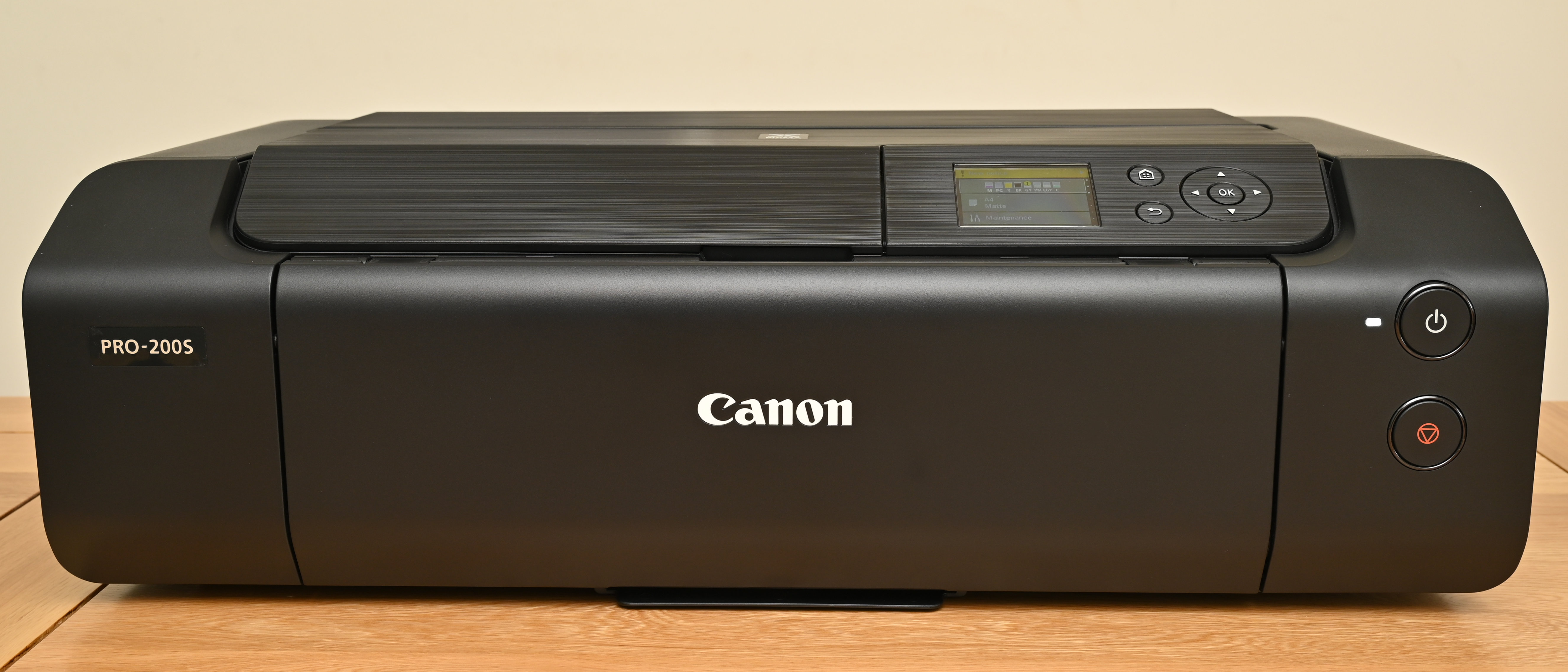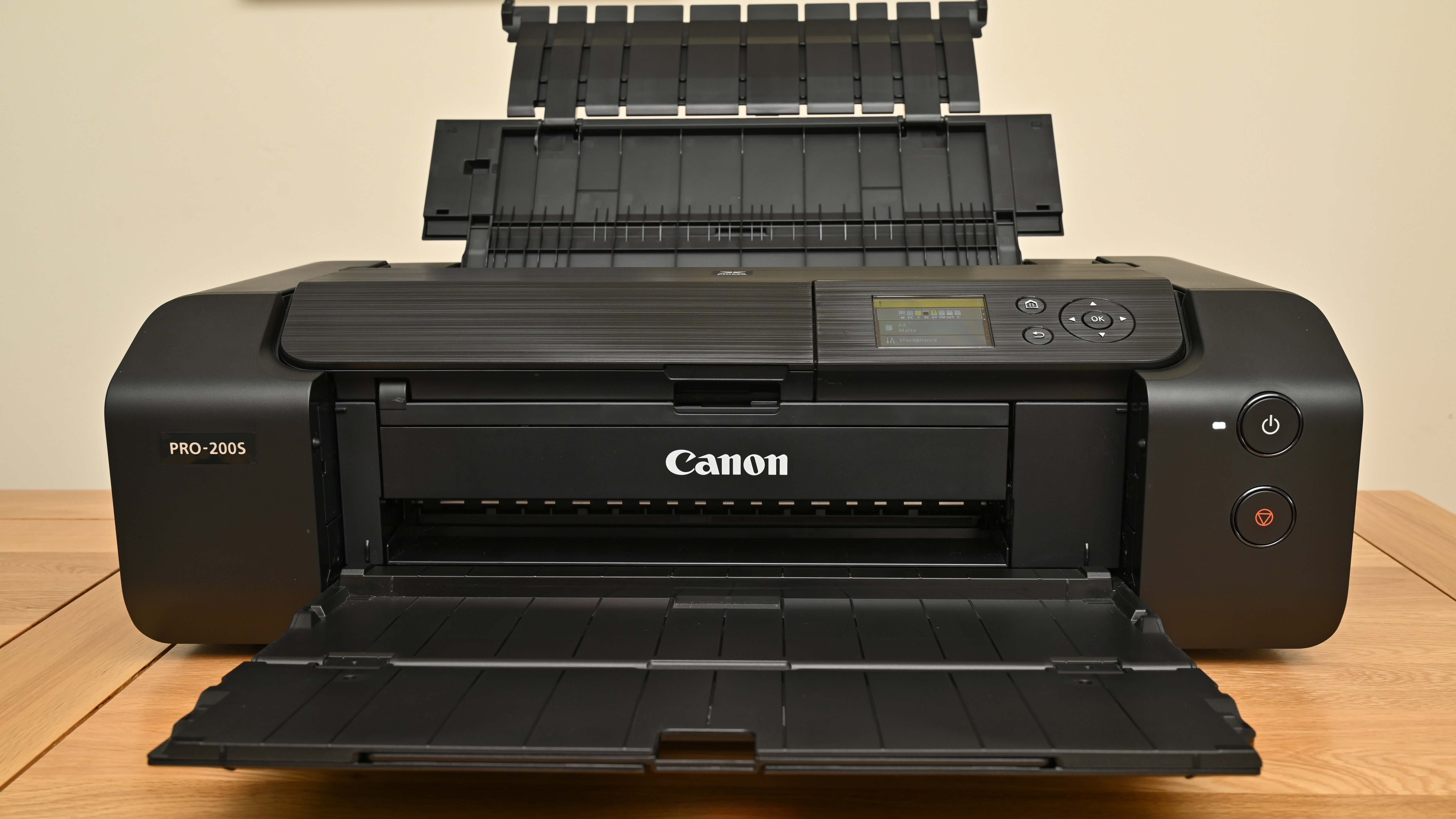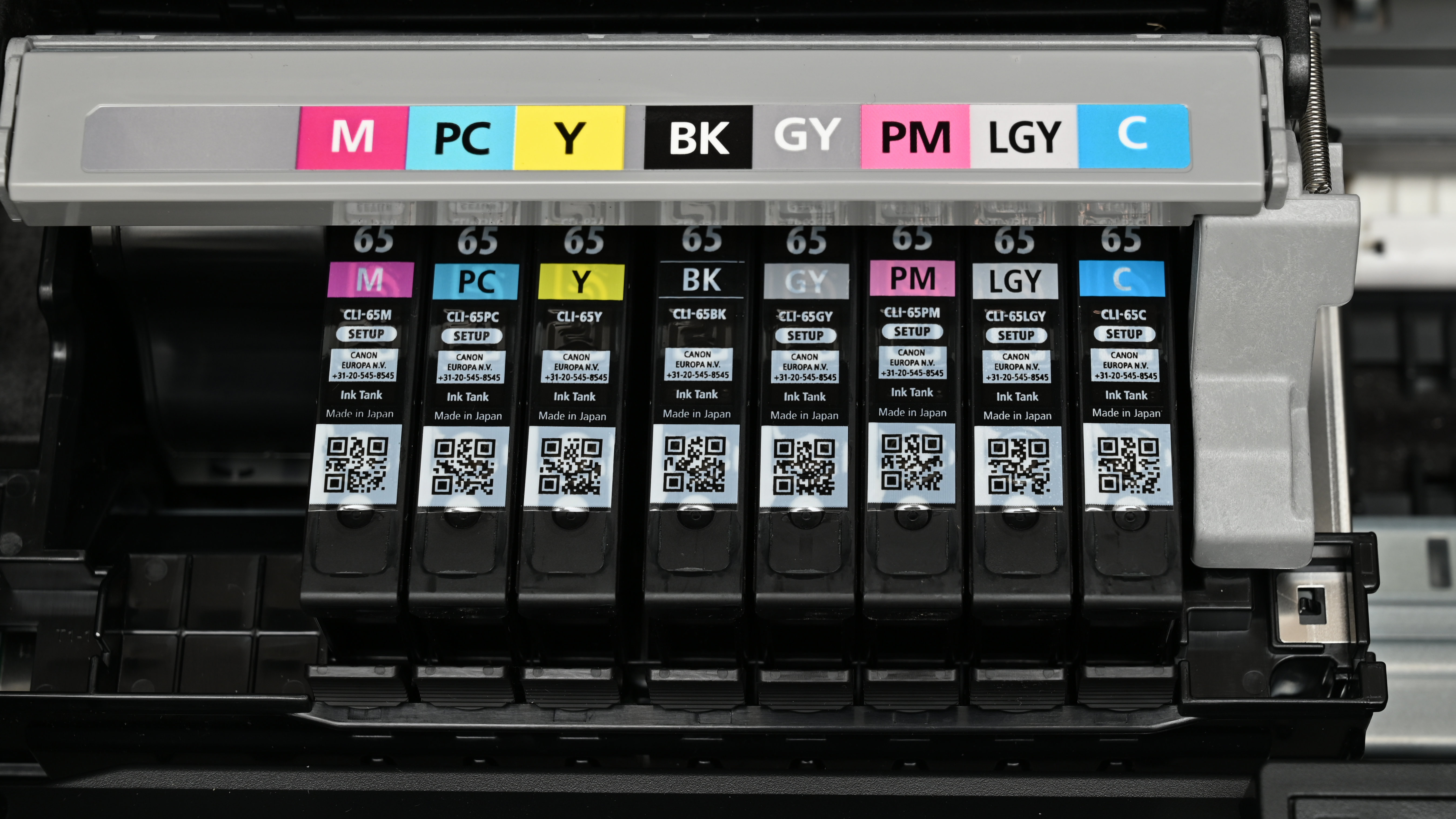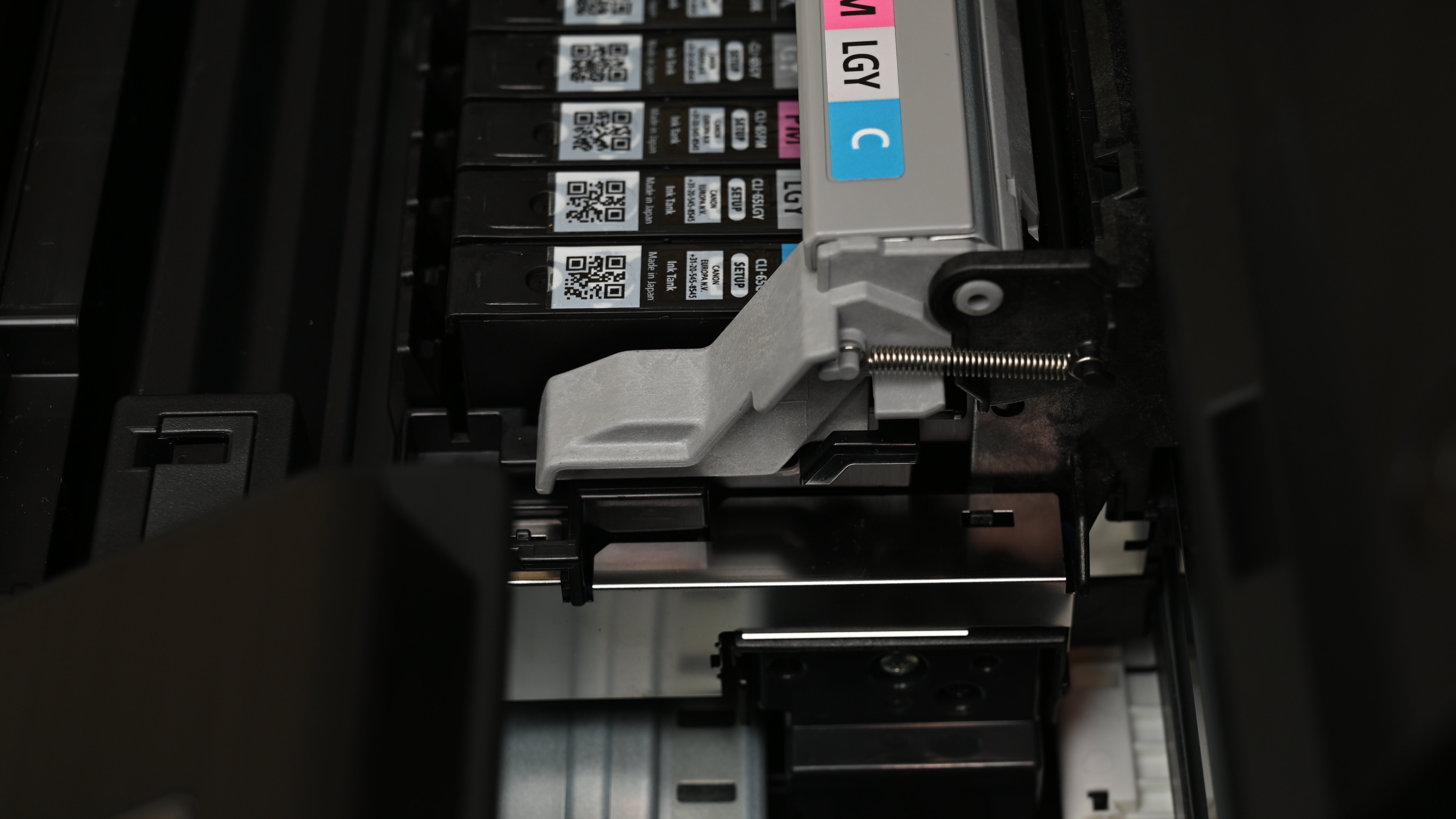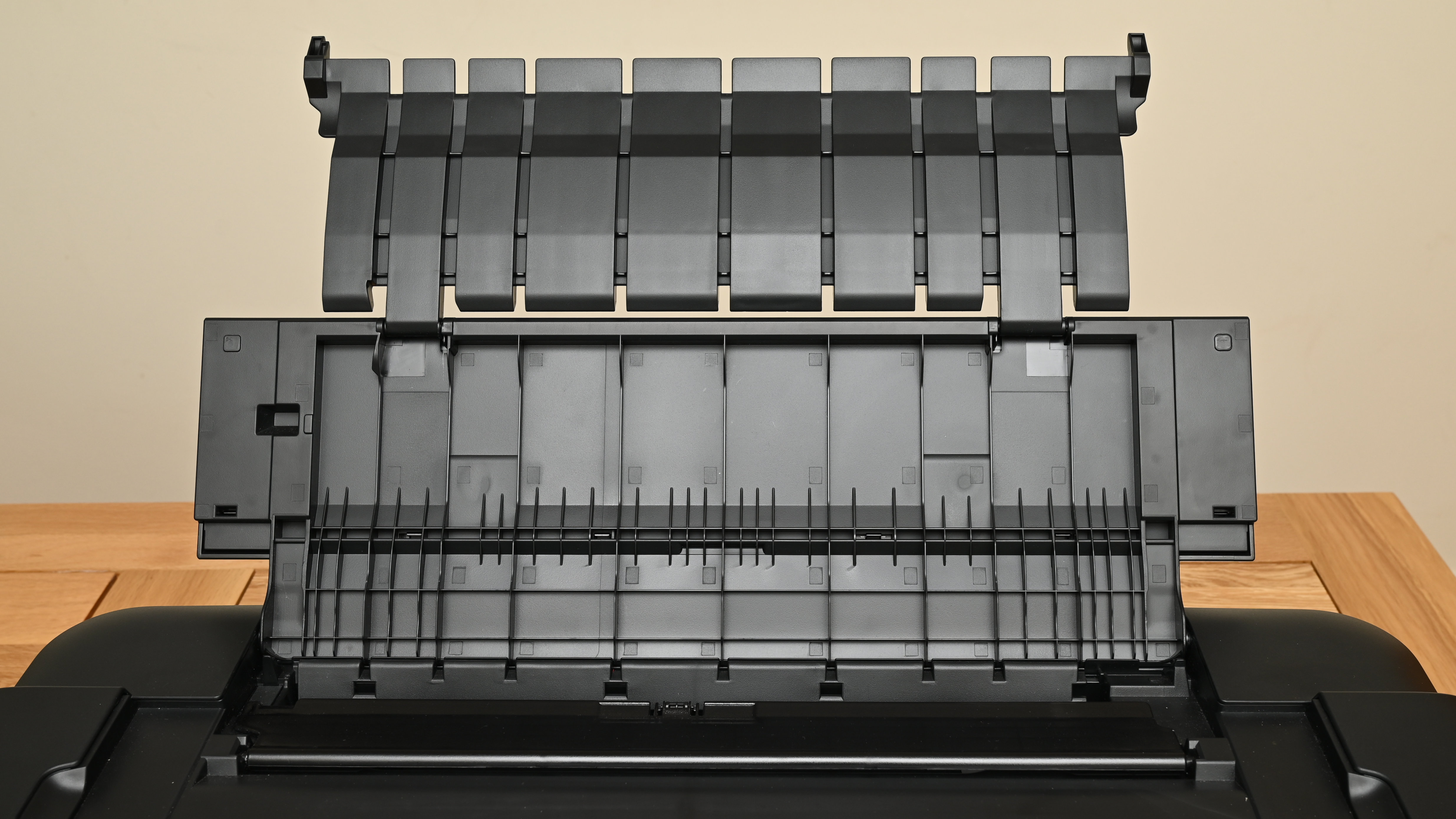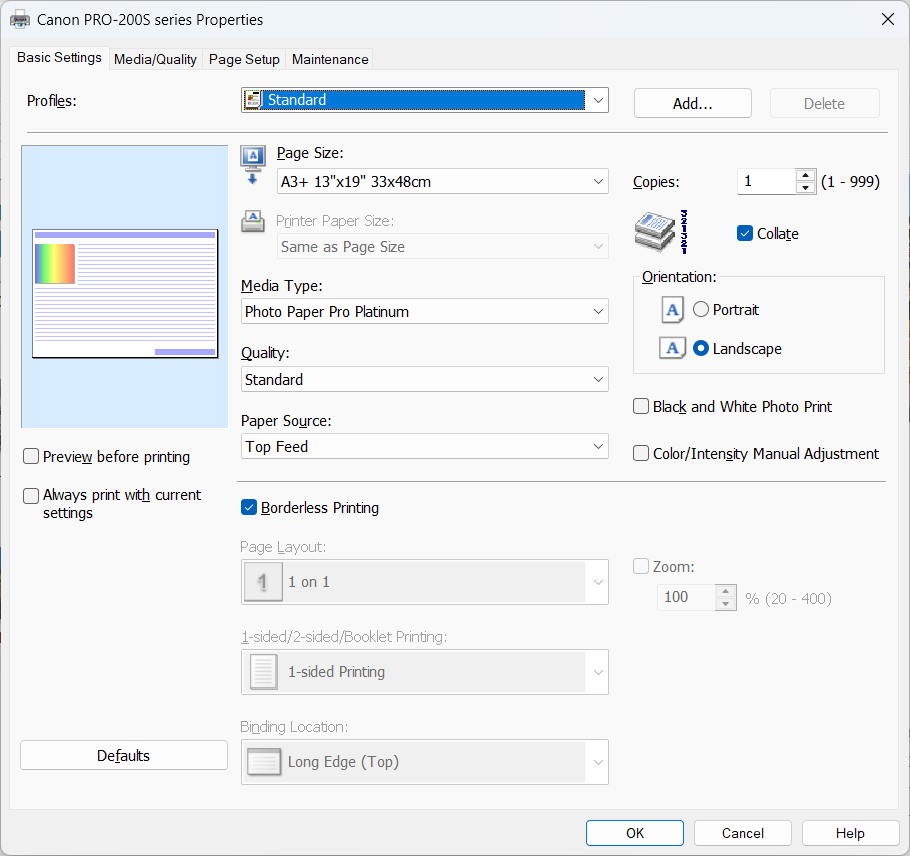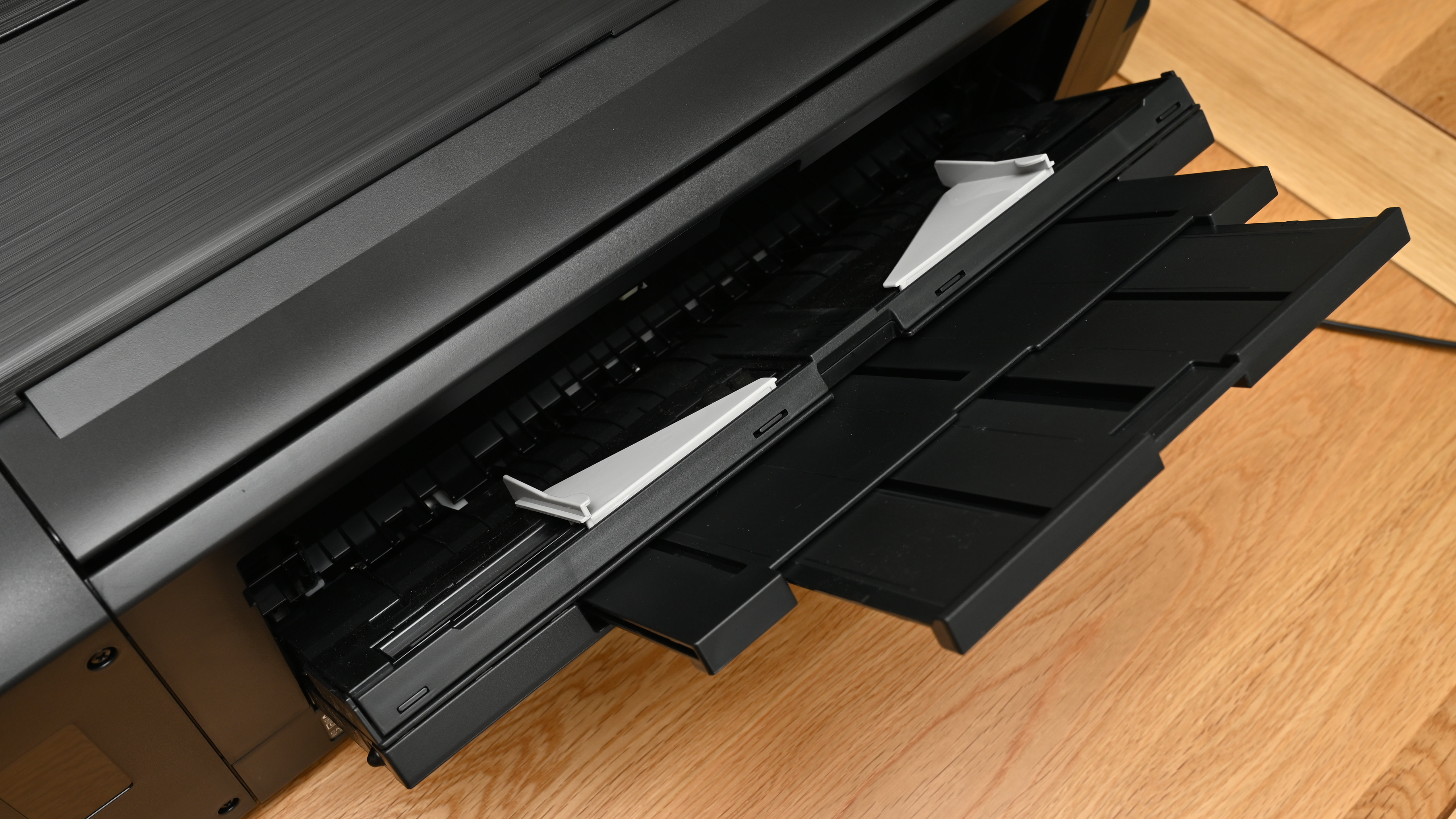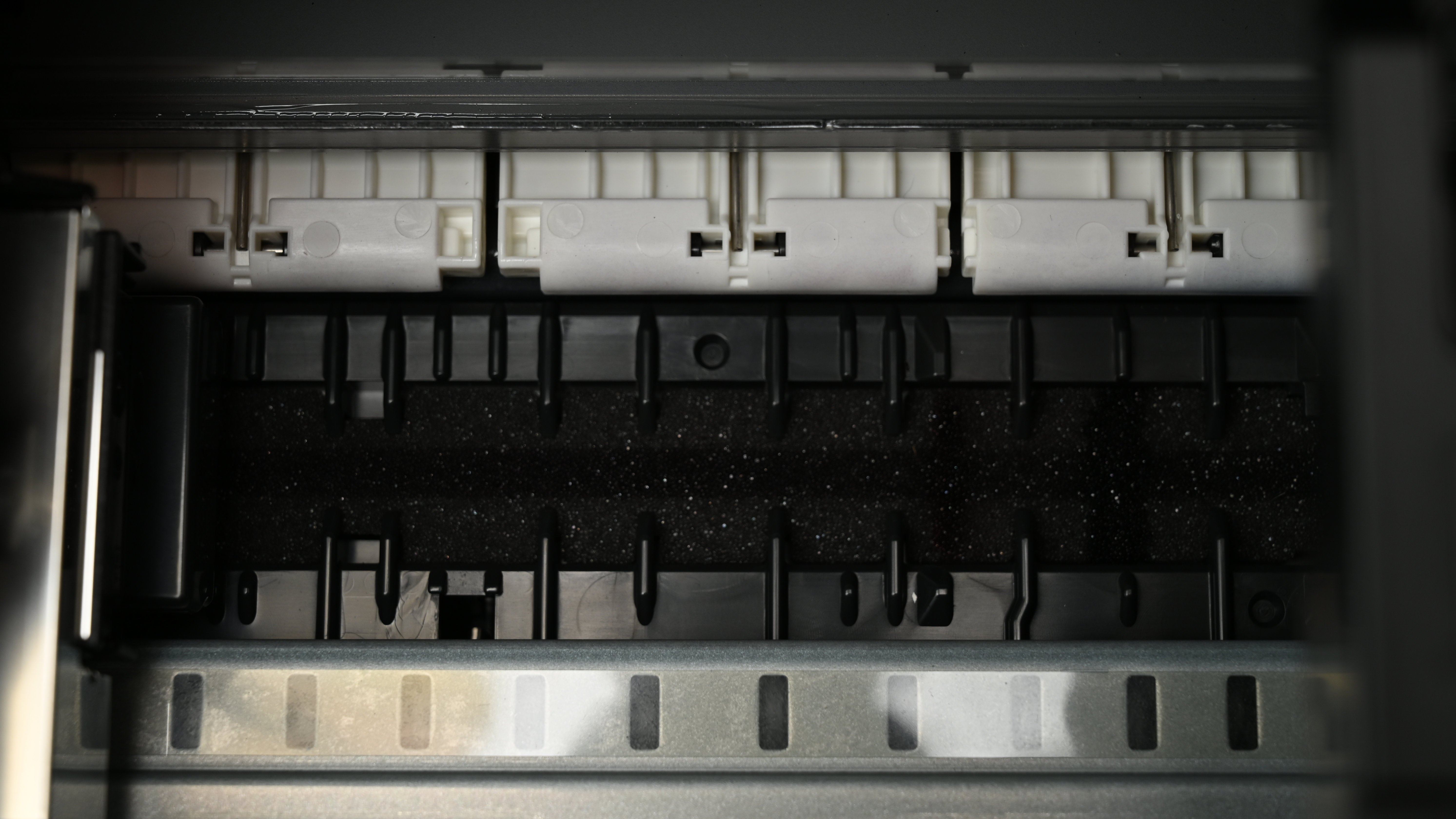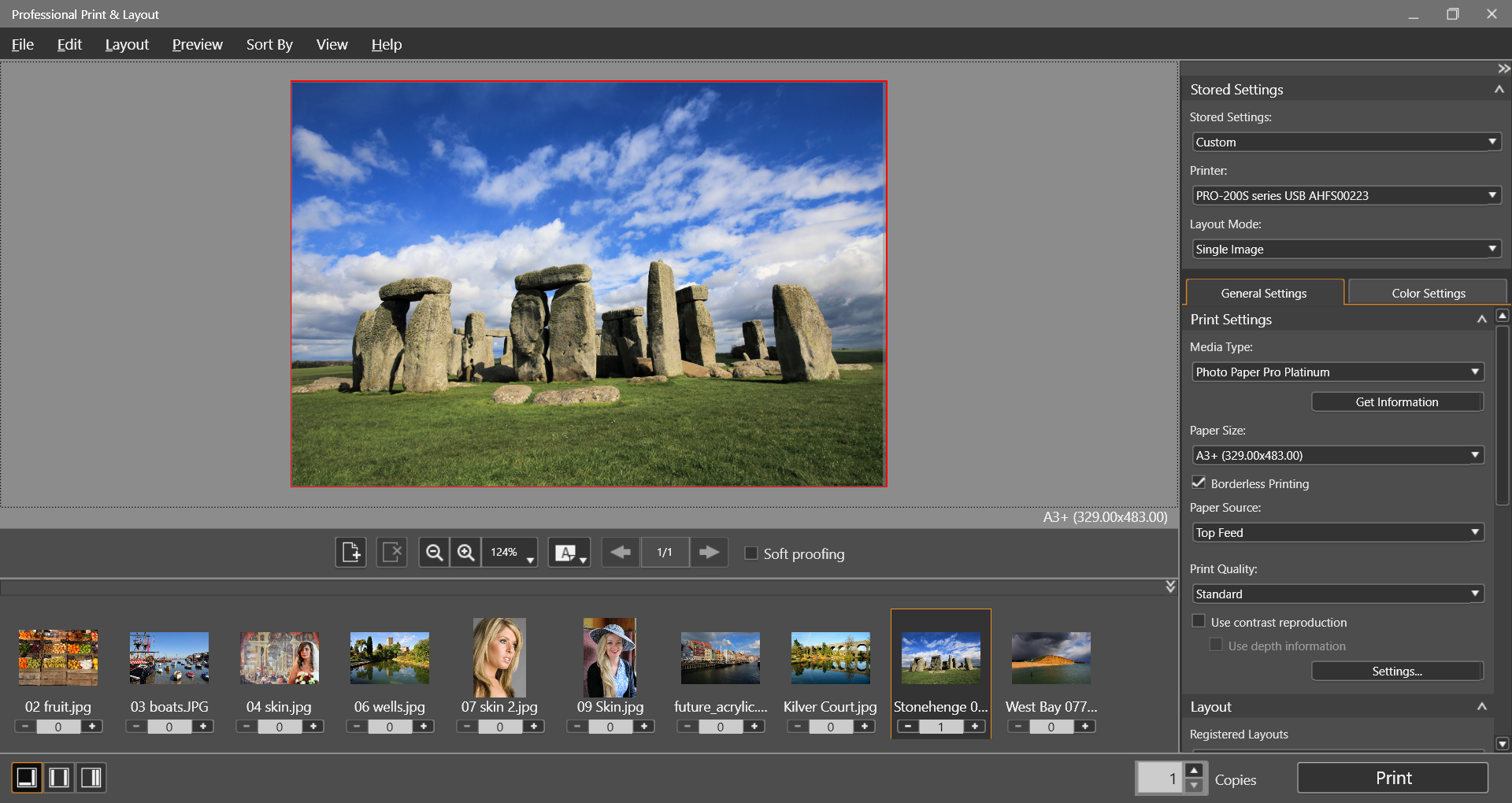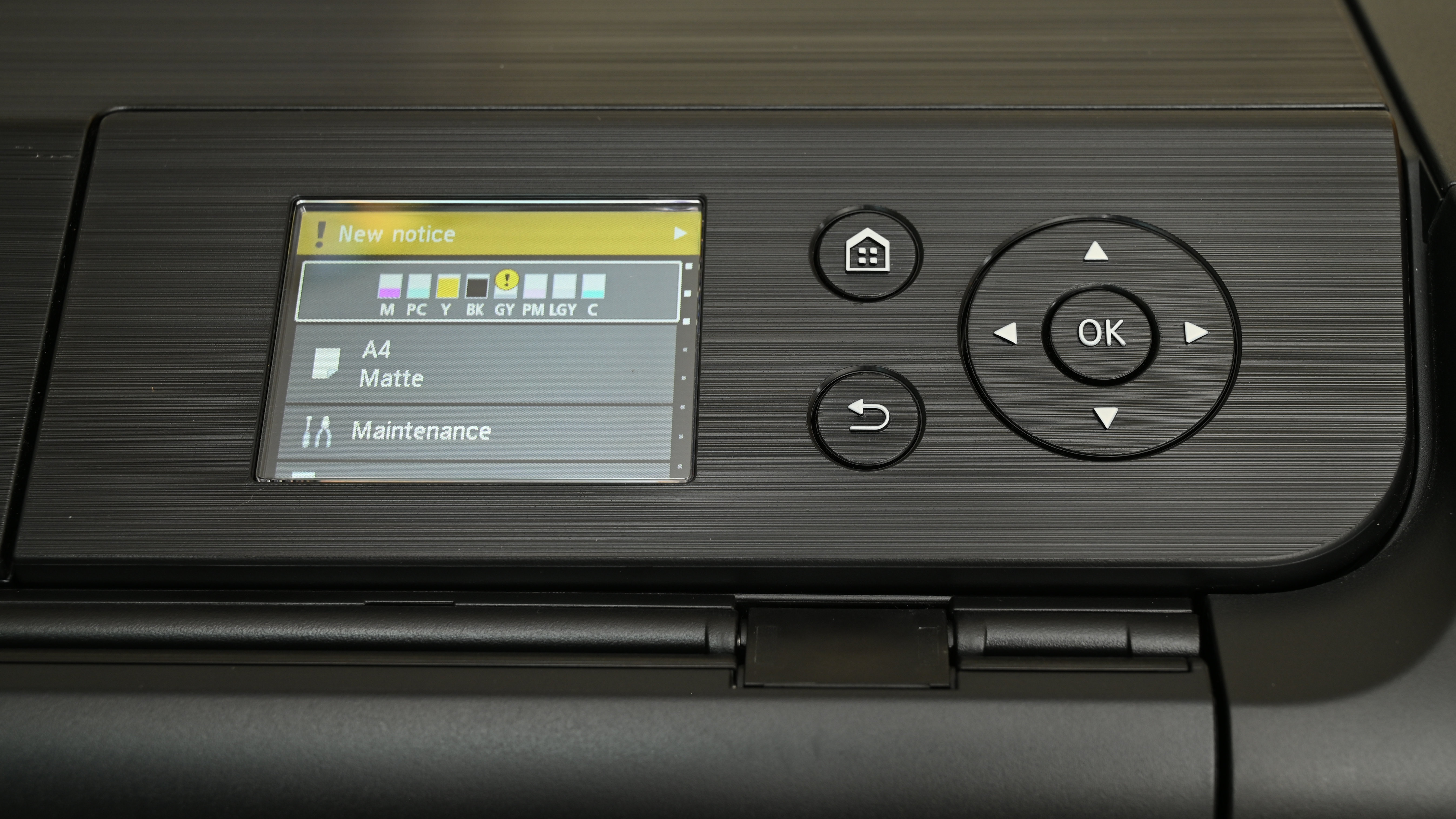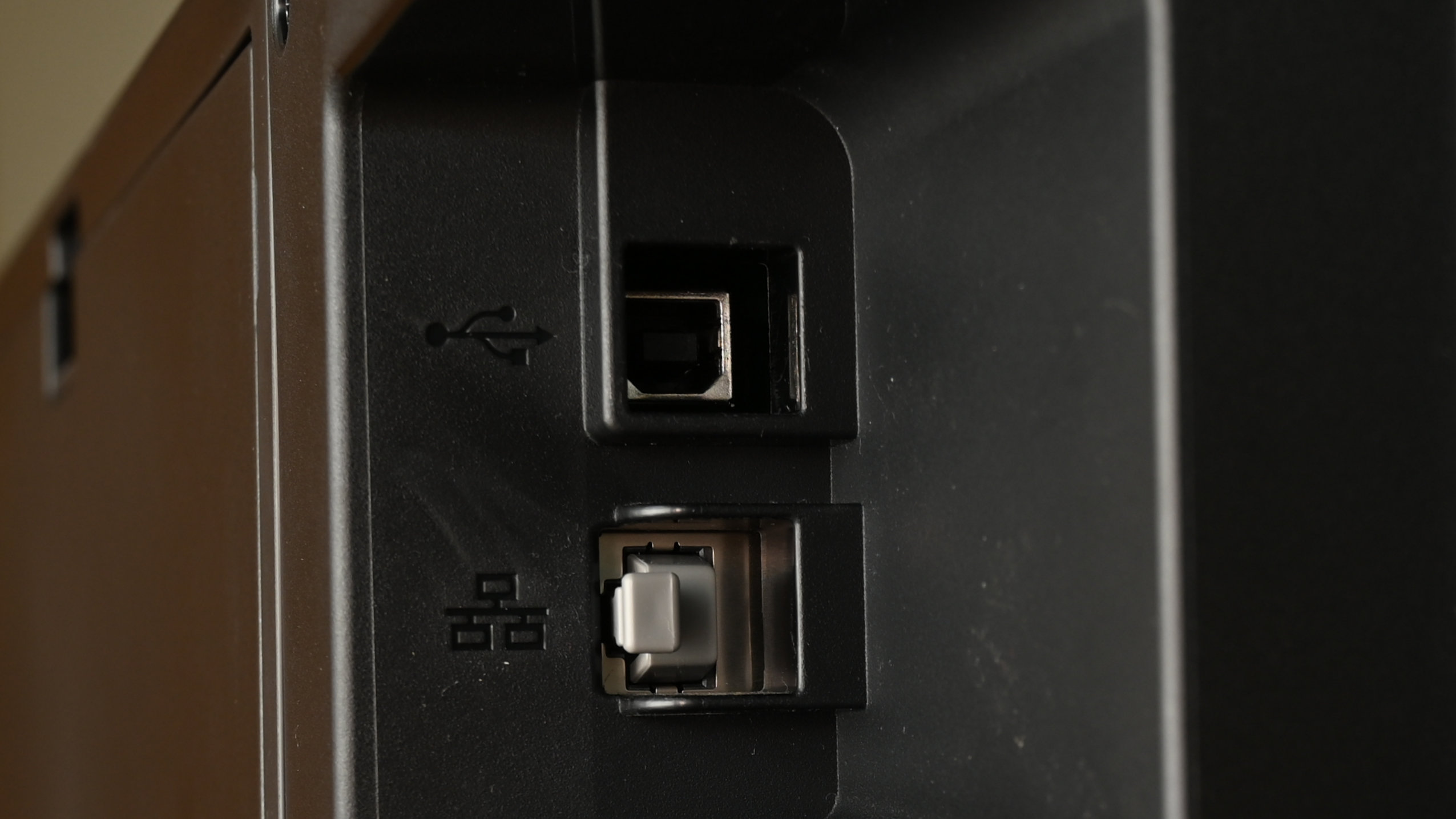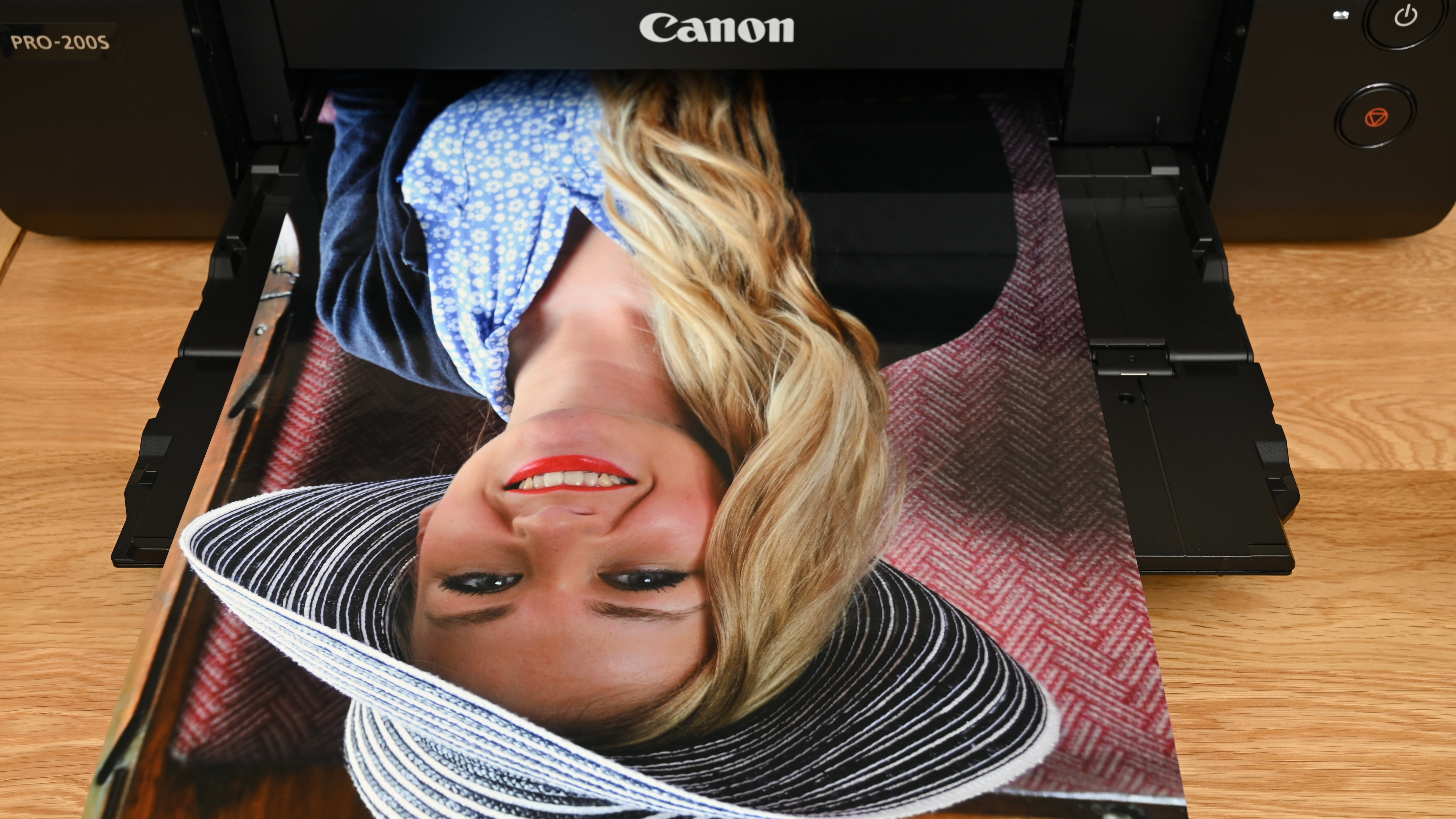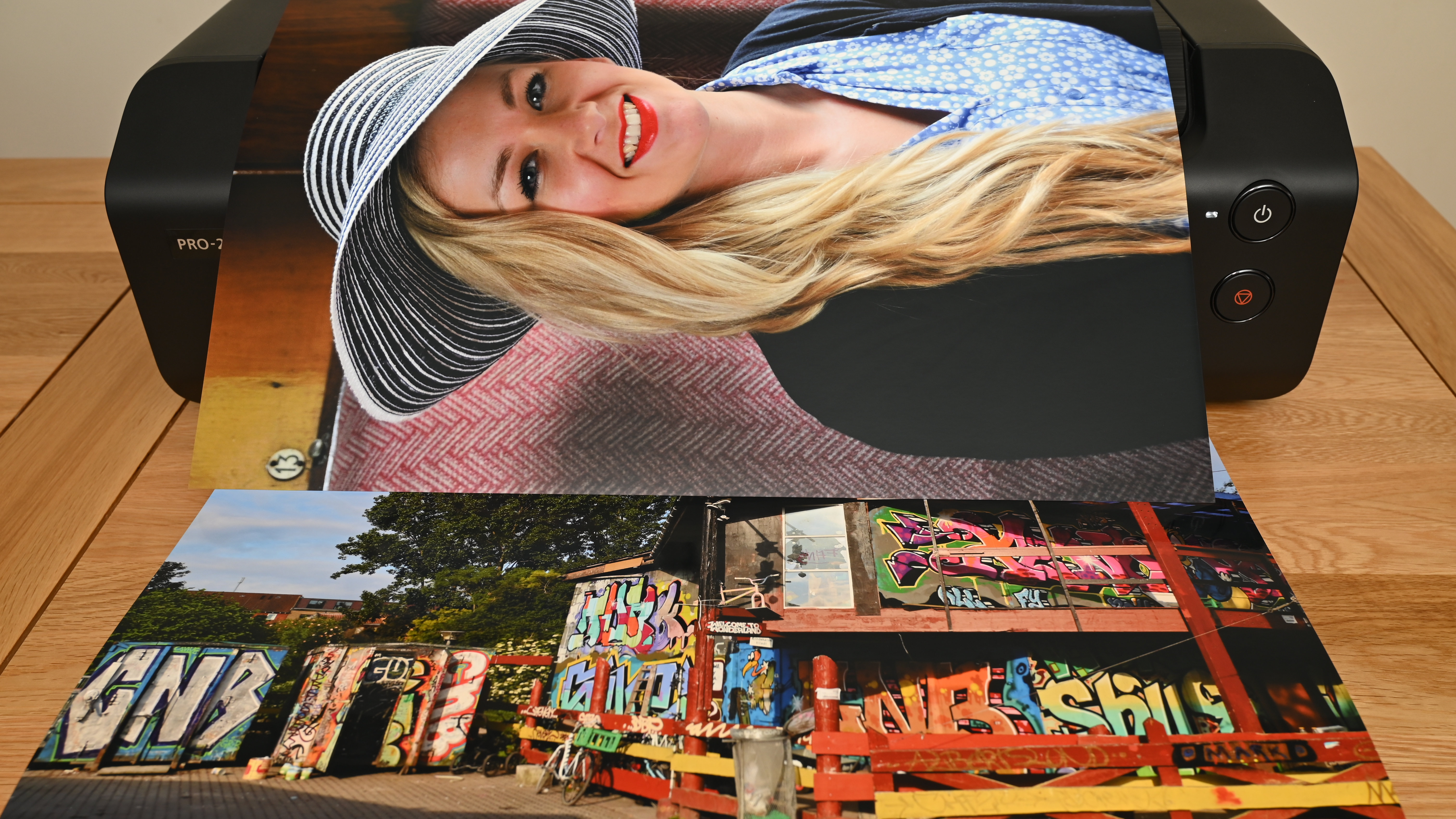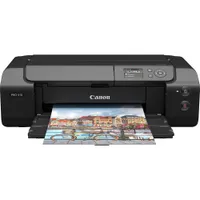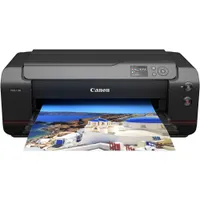Digital Camera World Verdict
For vibrant color photo prints on glossy and luster paper, I think there’s no beating the Canon Pixma Pro-200S, and it’s great for glossy black-and-white photos as well. Sure, the dye-based inks aren’t so well suited to matte and fine art media, but when you want a bit of gloss, this is the perfect printer with quality that shines through. And it’s a bit of a speed demon to boot.
Pros
- +
Glossy photo print perfection
- +
Extended 8-ink line-up
- +
Fast print speeds
- +
13 x 39-inch panoramic printing
Cons
- -
Less ideal for matte paper
- -
Modest cartridge capacity
Why you can trust Digital Camera World
Let’s turn the clock back. It’s early 2008, and I’m wondering how to make the most of the ‘mighty’ resolution of my spanking-new 12-megapixel Nikon D300 camera. The photos look great on-screen, but I’m sure there must be more to it. Enter the Canon Pixma Pro9000, an A3+ / 13-x19-inch printer running on no less than eight dye-based inks. My first large-format glossy print was a jaw-dropping revelation. I could see a whole new level of fine detail, along with color quality and tonal range that immediately made me want to print everything and never look at my photos on a computer screen ever again.
That was then. This is now. The PIXMA PRO-200S is the latest addition to a star-studded cast of A3+ dye-based Canon printers, designed to deliver exceptional output on glossy and luster papers for both color and black-and-white photographs. It’s destined to be one of the best large-format desktop photo printers that money can buy. Speaking of which, it’s very competitively priced, as I’ll come to in a moment.
Canon Pixma Pro-200S: Specifications
Inks/type | 8 dye |
Max print size | A3+ / 13 x 39in (33 x 99cm) panoramic |
Max print speed | A3+ with border, 1m 30s |
Max print resolution | 4800 x 2400dpi |
Input trays | 1x top, 1x rear, printable disk, nail stickers |
Scanner | None |
Display screen | 3-inch color LCD |
Interfaces | USB 2.0, Ethernet, Wi-Fi |
Dimensions | 639 x 379 x 200mm / 25.2 x 15 x 7.9in |
Weight | 14.1kg / 32lb |
Canon Pixma Pro-200S: Price
For a pro-grade printer that can deliver top-quality photo prints more than twice the size of A4 / letter pages, the Pro-200 is relatively inexpensive to buy, at $549 / £467 / AU$799. To add a little perspective, the similarly sized but more up-market 10-ink, pigment-based Canon ImagePrograf Pro-310 sells for $849 / £699 / AU$999.
The Pro-310 is arguably a more ‘professional’ printer, but if you favor glossy or luster paper rather than matte or fine art media, the Pro-200 is still the best choice. Its eight cartridges contain 12.6ml of ink each, totaling 101ml in total. A full set of cartridges will set you back about $112 / £122 / AU$199 (multi-pack discounts aside), which works out to $1.12 / £1.22 / AU$1.99 per milliliter on a drop-by-drop basis. That’s in the same ballpark as the $1.04 / £1.07 / AU$2.15 per ml for Pro-310 pigment-based ink.
Canon Pixma Pro-200S: Design & Handling
What’s new? Compared with the previous Pro-200, very little has changed in the new ‘S’ edition. That’s no bad thing. The strong and sturdy metal-chassis build is identical, and the headline feature of eight dye-based inks is unaltered. Indeed, both printers run on the same CLI-65 cartridges, each containing 12.6ml of cyan, magenta, yellow, black, photo cyan, photo magenta, grey, and light grey ink, individually.
The overall aim is to deliver a really wide color space (or gamut) along with an extensive tonal range, catering to both color and black-and-white photographic images.
The range of eight Chroma Life 100+ inks was actually introduced on the Pro-200 and carried forward to the Pro-200S. The key advantage for printing on glossy and luster papers is that the relatively small dye-based molecules of ink can be fully absorbed beneath the outer protective layer of the photo paper. This enables a completely smooth and uniform finish.
The best camera deals, reviews, product advice, and unmissable photography news, direct to your inbox!
By contrast, the larger molecules of pigment-based ink are not fully absorbed, which gives rise to uneven reflectivity across the surface of the print, and a phenomenon known as ‘bronzing’. Pigment-based printers like the Canon ImageProfgraf Pro-310 and the larger A2+ / 17-inch Canon ImageProfgraf Pro-1100 solve the problem to a large extent by coating glossy prints with a ‘chroma optimizer’, but the Pro-200S still wins out for the ultimate in smoothness on glossy paper.
The flipside is that dye-based inks are second-best for matte photo paper and fine art media, and are less robust. And when it comes to fade-resistance, the reformulated Lucia Pro II inks used in the two ImageProfgraf printers are fade-resistant under indoor lighting for 200 years or more.
The Chroma Life 100+ inks enable photo prints that resist fading for over 100 years when stored in an album. That’s rather less impressive in the longevity stakes, but prints should still last more than a lifetime.
When it comes to build quality, the Pro-200S feels every bit as solid and sturdy as its predecessor. Again, that’s no surprise as the two editions are physically identical, apart from the added ‘S’ on the new badge. Either way, there’s a reassuring heft to the printer and the metal chassis is really rigid. All the plastics feel of very good quality too, as is the standard of the overall finish.
The Pro-200S inherits the previous edition’s upgraded OIG System (Optimum Image Generating System). It cleverly works out the optimum combination of inks to deliver every color and tone of the source image in real time, and translate it into the final physical print.
It helps to ensure the best match between what you see on screen and what you get in print, assuming your screen is properly calibrated. There’s also a dedicated ‘Black and White Photo’ print mode for optimized mono quality.
Onboard controls are based around a 3-inch color LCD screen, which gives a handy status check on things like ink levels, as well as enabling you to set paper types and carry out maintenance procedures. There’s an upright sheet feeder at the rear of the printer, as well as a manual feed tray that’s more ideal for thicker fine art media and for creating panoramic or banner prints.
For these, you can make extra-long prints up to 13 inches wide and 39 inches in length (33 x 99cm). A front-feeding tray is also supplied for printing directly onto white-faced CDs, DVDs, and Blu-ray discs, or even specialist media, such as Canon’s printable fingernail stickers.
Another useful feature of recent Canon large-format printers, the Pro-200S included, is automatic skew correction. It’s a mechanism that ensures that paper is fed in absolutely straight. A particular bonus of the high-precision paper transport system, is that you can create borderless prints on matte photo media instead of just on glossy paper.
There’s direct compatibility with a large range of top-quality fine art media from the likes of Canson and Hahnemühle, for which ICC profiles are readily available. To make the most of these, Canon’s excellent Professional Print & Layout software is available as a free download, which works as a standalone program or as a plug-in for Adobe Lightroom and Photoshop.
It makes it easy to create custom multi-image layouts on a single sheet of paper, as well as fine-tune the output. For the latter, soft-proofing and hard-proofing options are available, including the ability to create a ‘pattern print’, with multiple, subtly different versions of an image on a ‘contact sheet’, so you can pick your favorite for the final print, as well as saving the settings for future reference, should you want to make reprints.
By now, you might be wondering what’s actually different in the Pro-200S compared with the original Pro-200 printer. The updates boil down to Wi-Fi, software, and environmental considerations. For Wi-Fi, the printer now connects automatically to the strongest available signal to maximize the stability and reliability of the connection. Upgraded security options now include support for WPA3 and TLS 3.1.
In terms of software, media configuration is simpler, both in selecting a wide range of papers and their accompanying ICC profiles, and when it comes to adding newly supported papers. There’s also a handy calculator so you can find out the estimated cost per print, based on specific paper and ink usage. And, to make the printer more eco-friendly, it’s packaged for transit in fully recyclable materials, with no expanded polystyrene in sight (or in the box).
Canon Pixma Pro-200S: Performance
Compared with pigment-based inkjet printers, most dye-based models tend to be quicker. It might seem a bit irrelevant compared with waiting for lab-generated prints to turn up in the post, but if you’ve got several large-format prints to create in a single session, it can make a big difference.
Even by dye-based printer standards, I found the Pro-200S to be very quick indeed. You wouldn’t really buy this or any other large-format printer for making postcard-sized prints, but it turns them out in just 30 seconds or so in standard photo quality mode. I found that borderless A4 glossy prints took just under a minute, while borderless A3+ took about 2 minutes 15 seconds, again in standard photo quality mode.
Switching to high-quality mode, I found that a borderless A3+ glossy color print took 4 minutes 15 seconds. That’s more than a minute longer, but I was hard pressed to see any real improvement in actual print quality. In Black & White Photo mode, which uses fewer inks, print speeds are slower, taking 4 minutes 15 seconds for a borderless A3+ print in standard quality mode.
Another speed advantage of dye-based rather than pigment-based printers is that glossy prints are touch-dry as soon as they land in the output tray. That’s because the ink is fully absorbed beneath the shiny outer layer of the paper.
When it comes to actual print quality on glossy and luster papers, the Pro-200S reigns supreme. It delivers vibrant yet accurate color and real pop for high-impact, vivid color images. The finish on glossy paper is ultra-smooth with absolutely no bronzing.
Not just for vibrant color printing, the Pro-200S also delivers great mono quality for black-and-white photo prints. As with the previous Pro-200 printer, the ink set is capable of outputting really deep blacks with plenty of detail and excellent overall tonal range.
Canon Pixma Pro-200S: Sample prints
The following gallery comprises a selection of images that are photos of A3-sized borderless prints created with the Pro-200S.

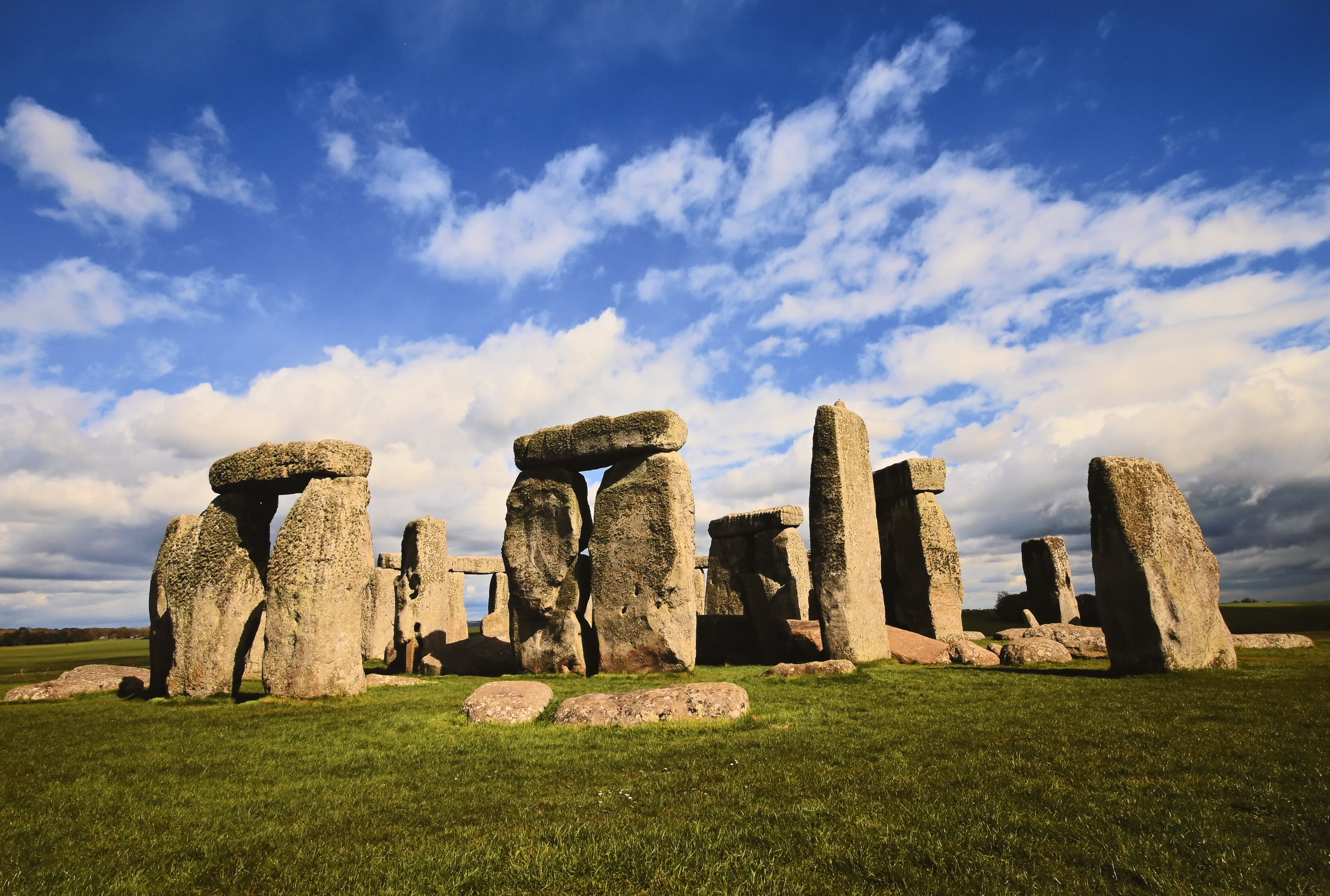
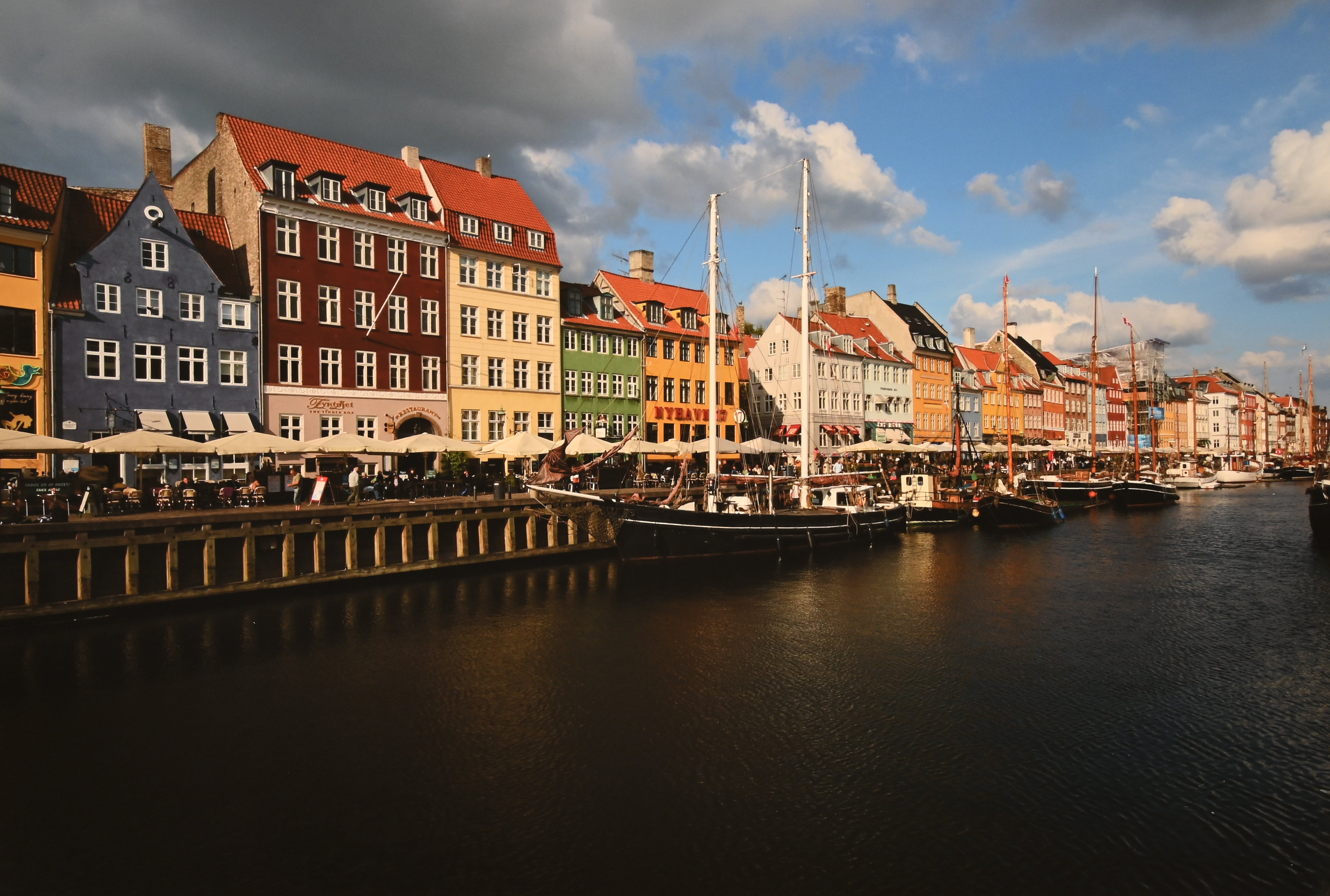
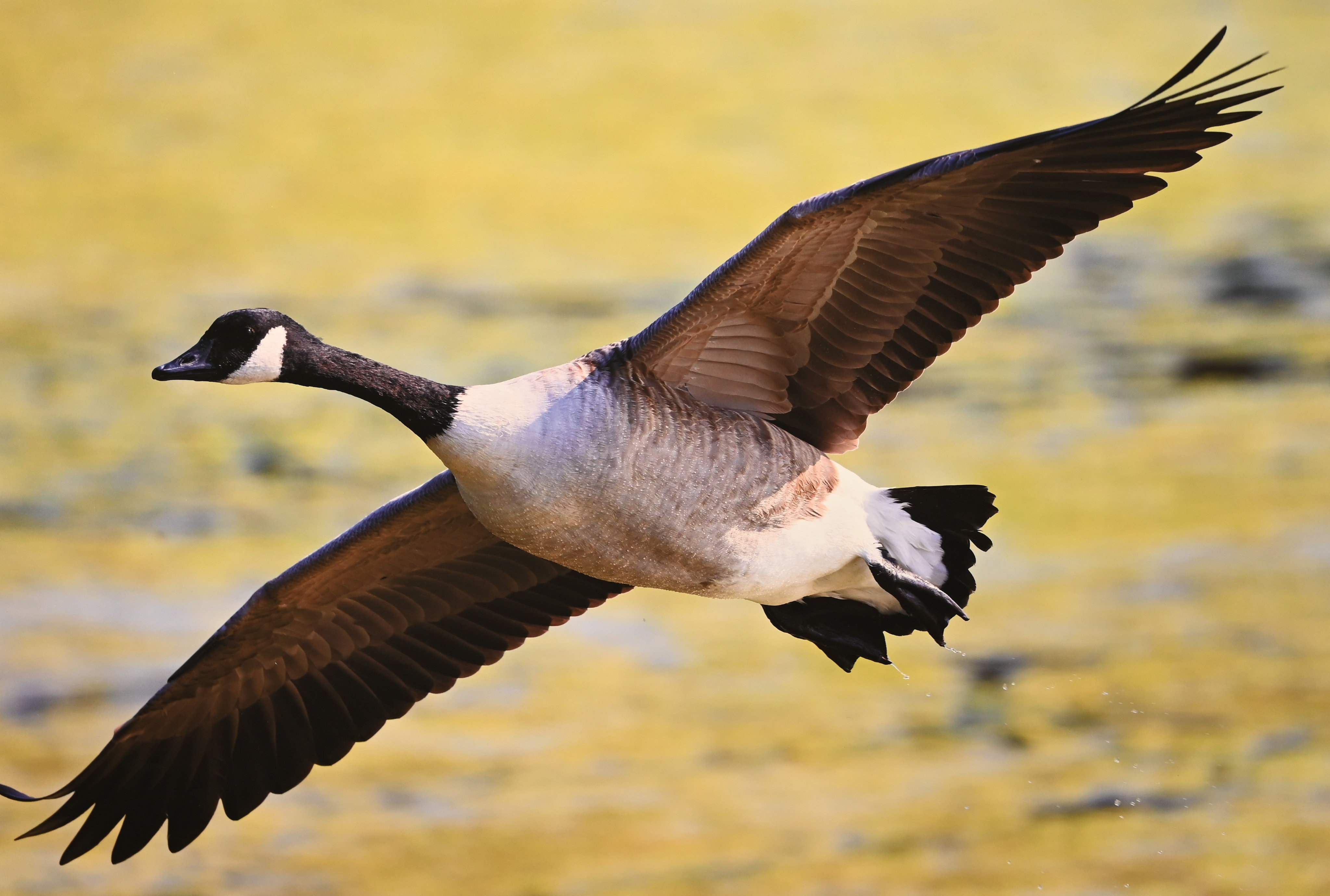
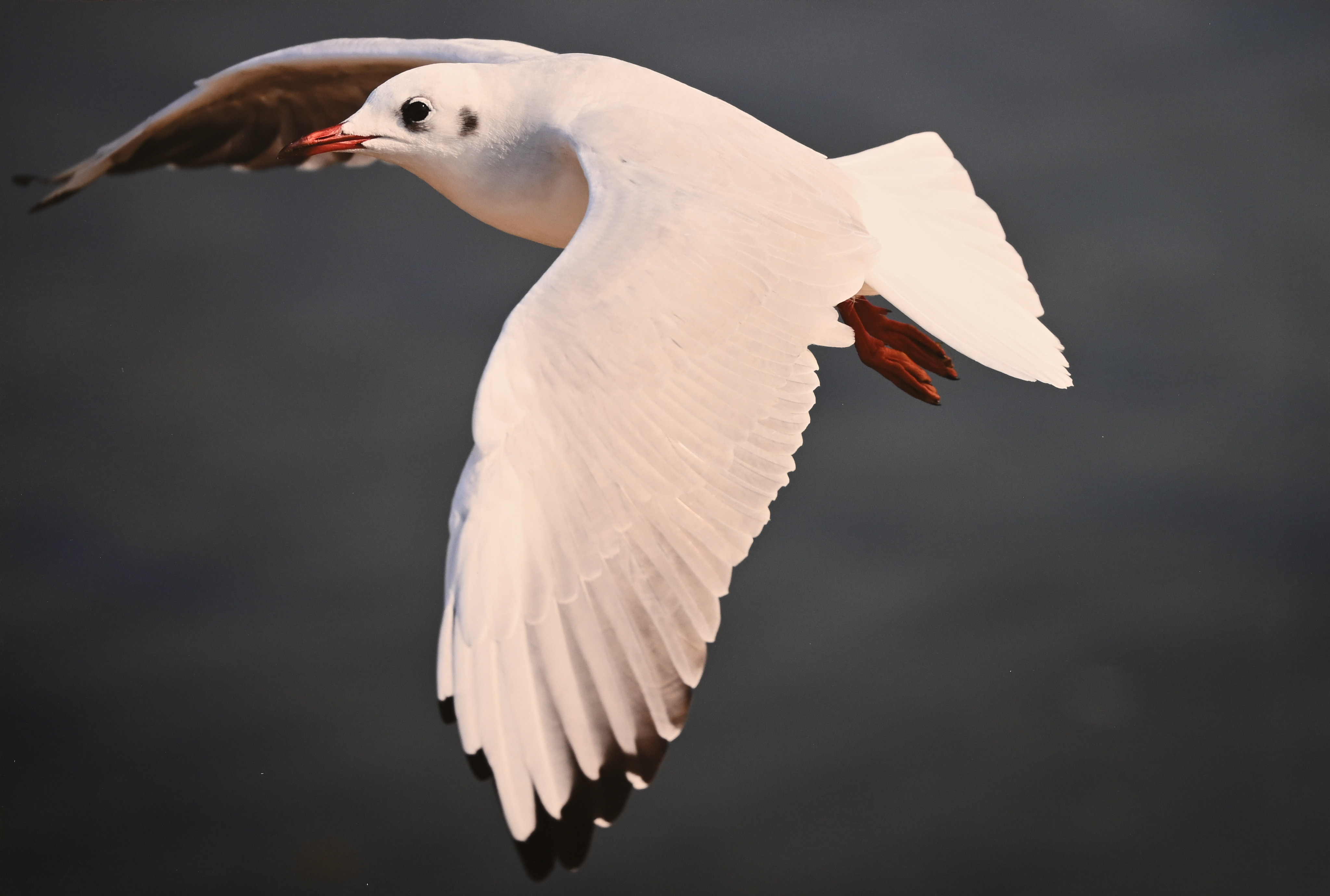
Canon Pixma Pro-200S: Verdict
If you want to create color and black-and-white photos on glossy or luster paper, at sizes up to A3+ / 13x19 inches, I believe that the Canon Pixma Pro-200S is simply the best printer on the market. Going larger still, it can also deliver 13-inch-wide banners and panoramic photo prints of up to almost a meter (39 inches) in length.
It’s really solid and robust, with build quality that feels on an industrial scale. The onboard LCD screen and menu system are highly intuitive, making the printer really easy to use, and the direct support for a huge range of paper types adds versatility. All in all, this is a terrific printer, although the pigment-based Canon ImageProfgraf Pro-310 is better if you prefer using matte and fine art media.
Features ★★★★★ | Top features include wide-ranging support for different media, onboard controls and a 3-inch color LCD screen. |
Design ★★★★★ | The design is based on eight dye-based inks for a really wide color space / gamut plus a terrific tonal range, ideally suited to glossy printing for both color and black-and-white photos. |
Performance ★★★★★ | The PRO-200S is a top performer in all respects. It delivers sumptuous, pro-grade photo print quality with an excellent turn of speed. |
Value ★★★★★ | The printer itself is great value for a large-format A3+ / 13-inch model of pro-grade quality, and the running costs are very reasonable. |
Alternatives
The Canon ImageProfgraf Pro-310 looks almost identical to the Pro-200S from the outside, but runs on 10 pigment-based inks rather than 8 dye-based inks. It’s better for printing on matte photo paper and fine art media, but the Pro-200S has the edge for glossy paper.
The amazing Canon ImageProfgraf Pro-1100 is a much larger and heavier A2+ / 17-inch pigment-ink printer that’s based on 12 cartridges. It also has much higher-capacity cartridges, and ink only costs about half as much on a drop-by-drop basis.
Matthew Richards is a photographer and journalist who has spent years using and reviewing all manner of photo gear. He is Digital Camera World's principal lens reviewer – and has tested more primes and zooms than most people have had hot dinners!
His expertise with equipment doesn’t end there, though. He is also an encyclopedia when it comes to all manner of cameras, camera holsters and bags, flashguns, tripods and heads, printers, papers and inks, and just about anything imaging-related.
In an earlier life he was a broadcast engineer at the BBC, as well as a former editor of PC Guide.
- Adam WaringGuides Editor
You must confirm your public display name before commenting
Please logout and then login again, you will then be prompted to enter your display name.
